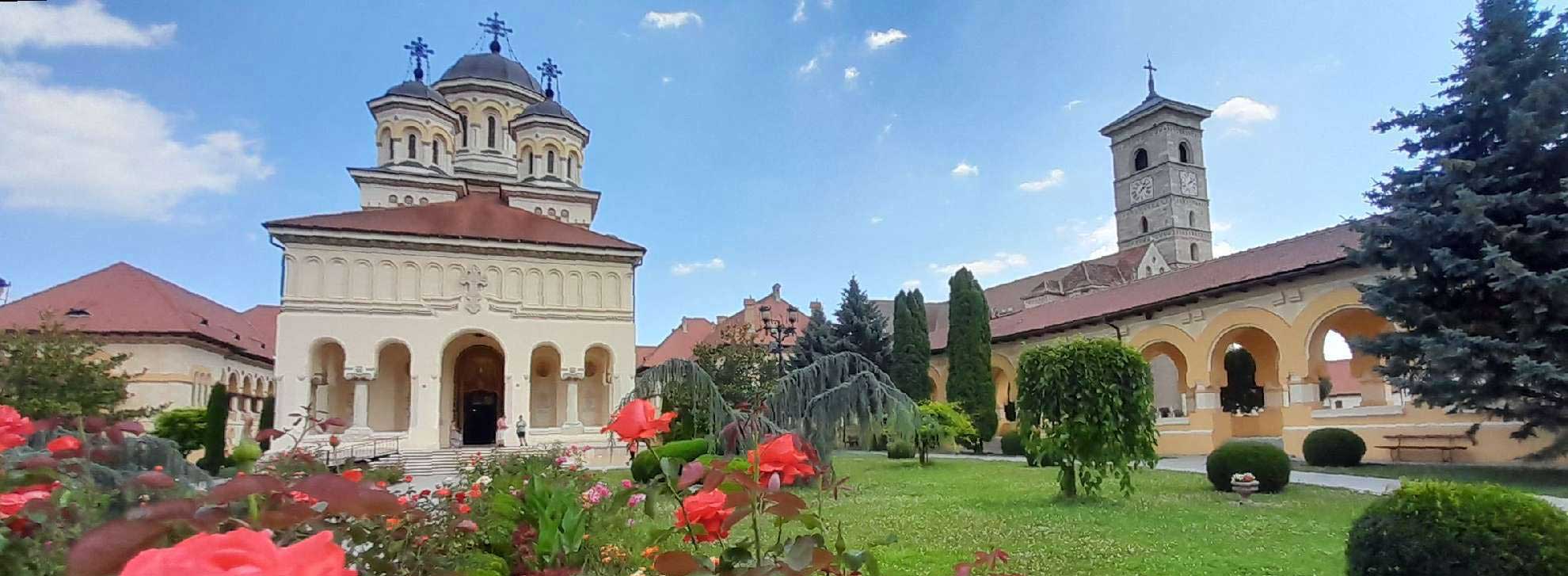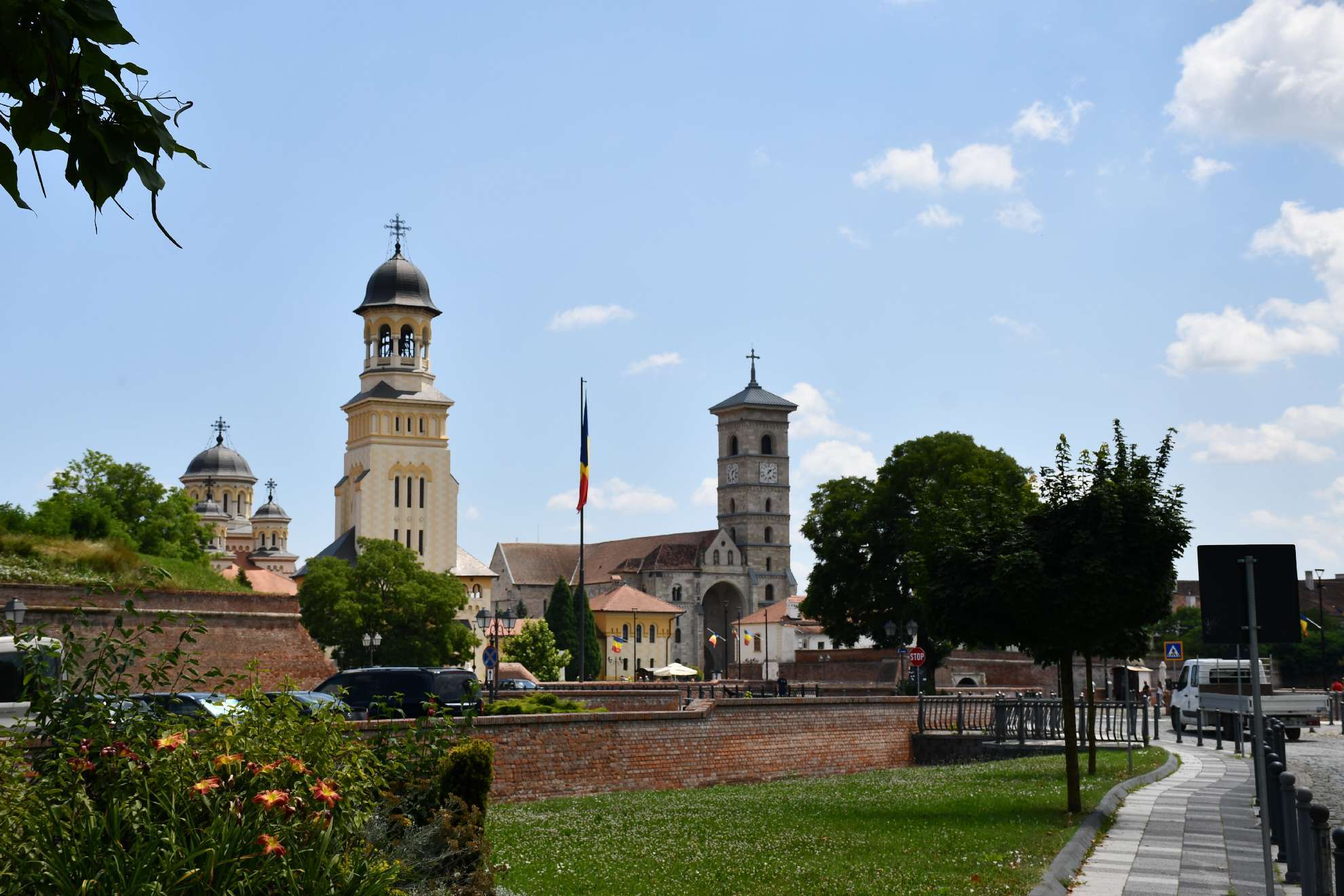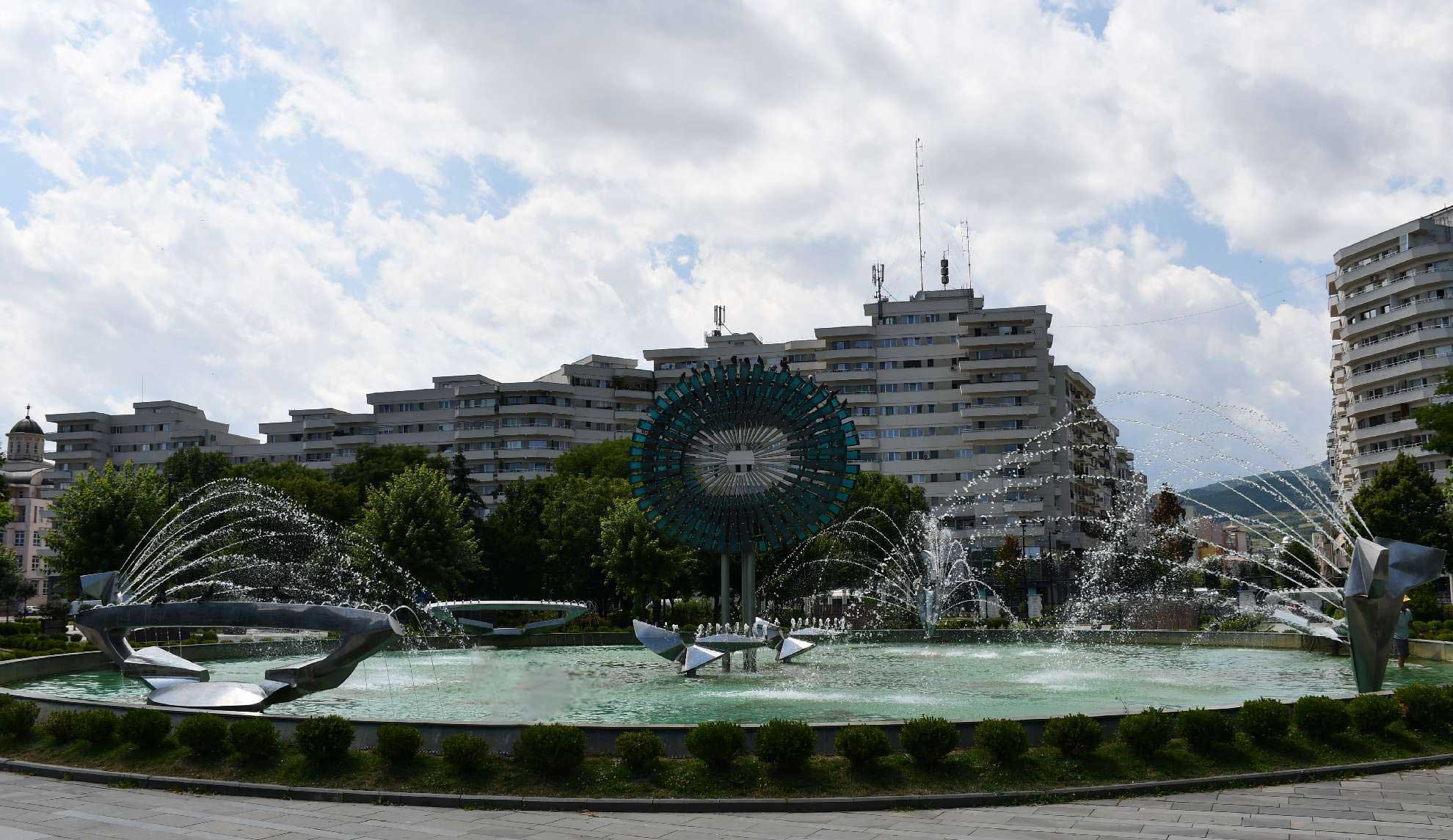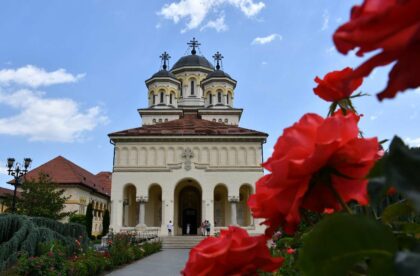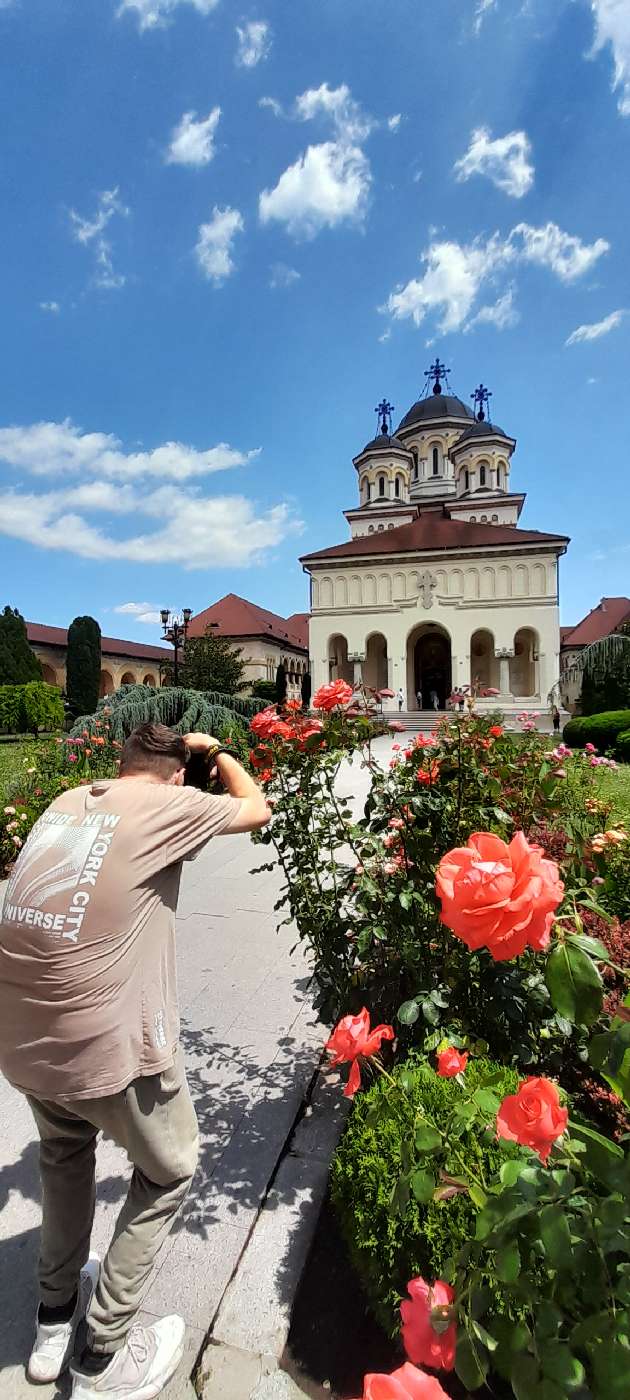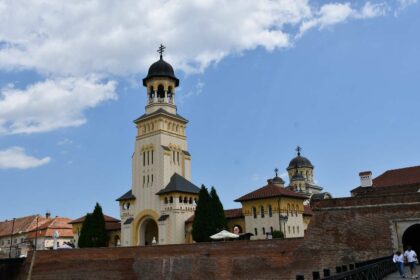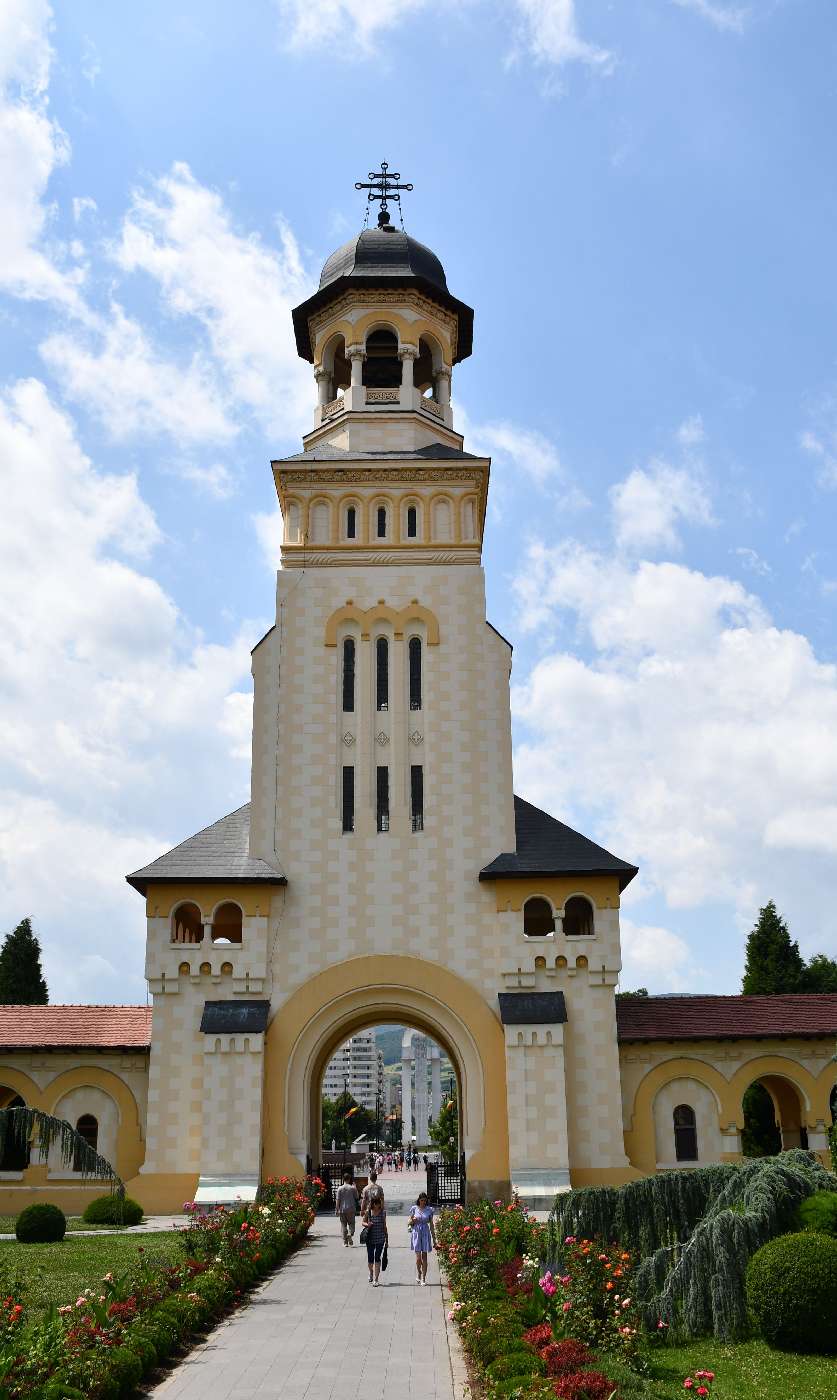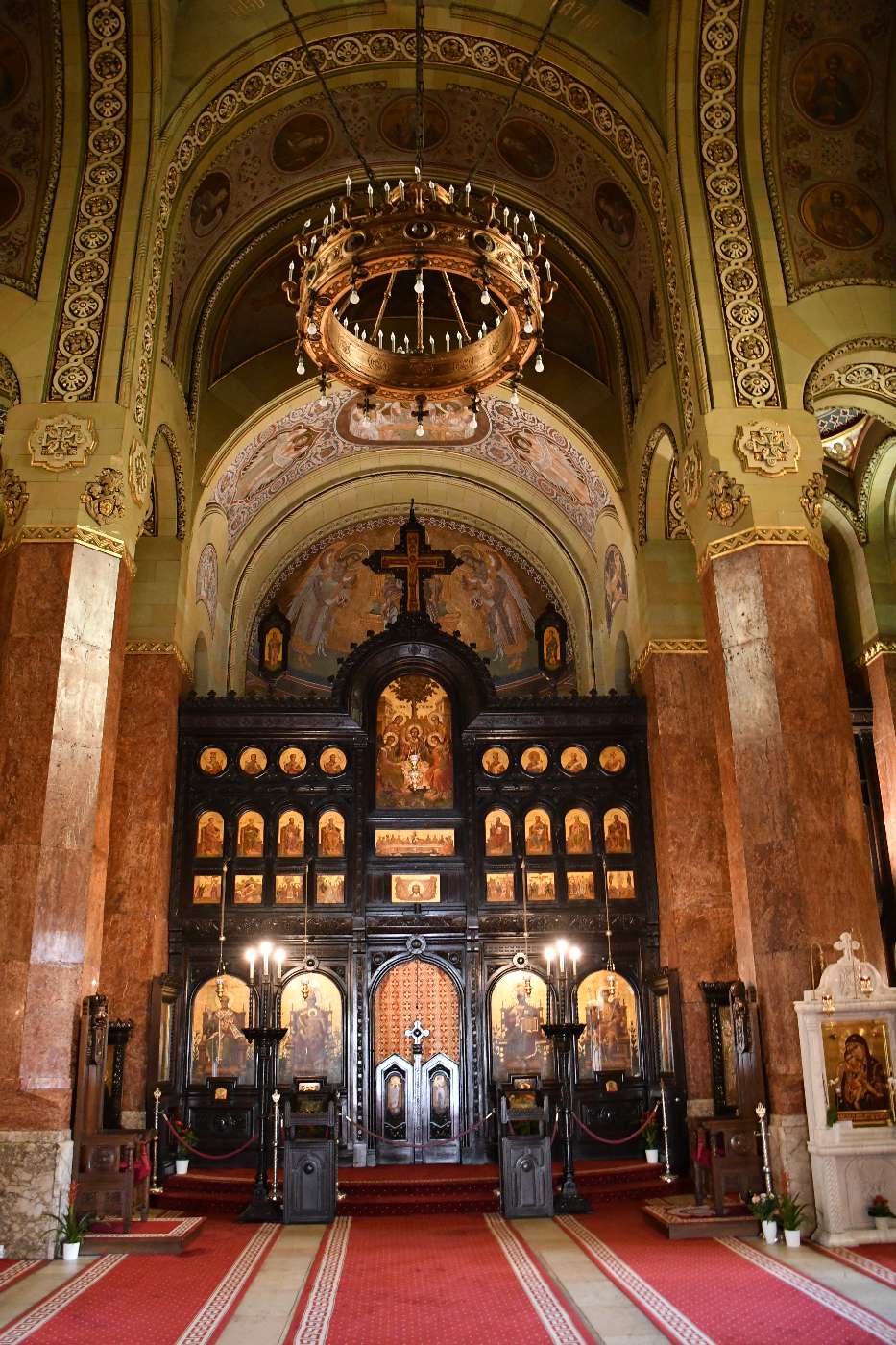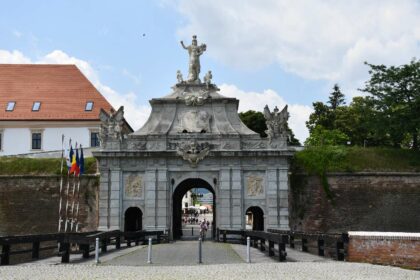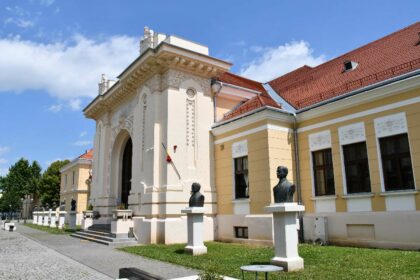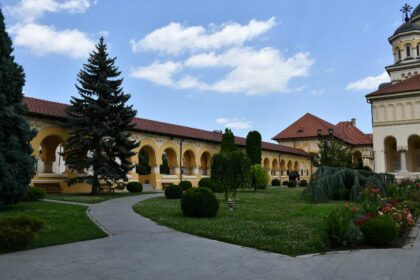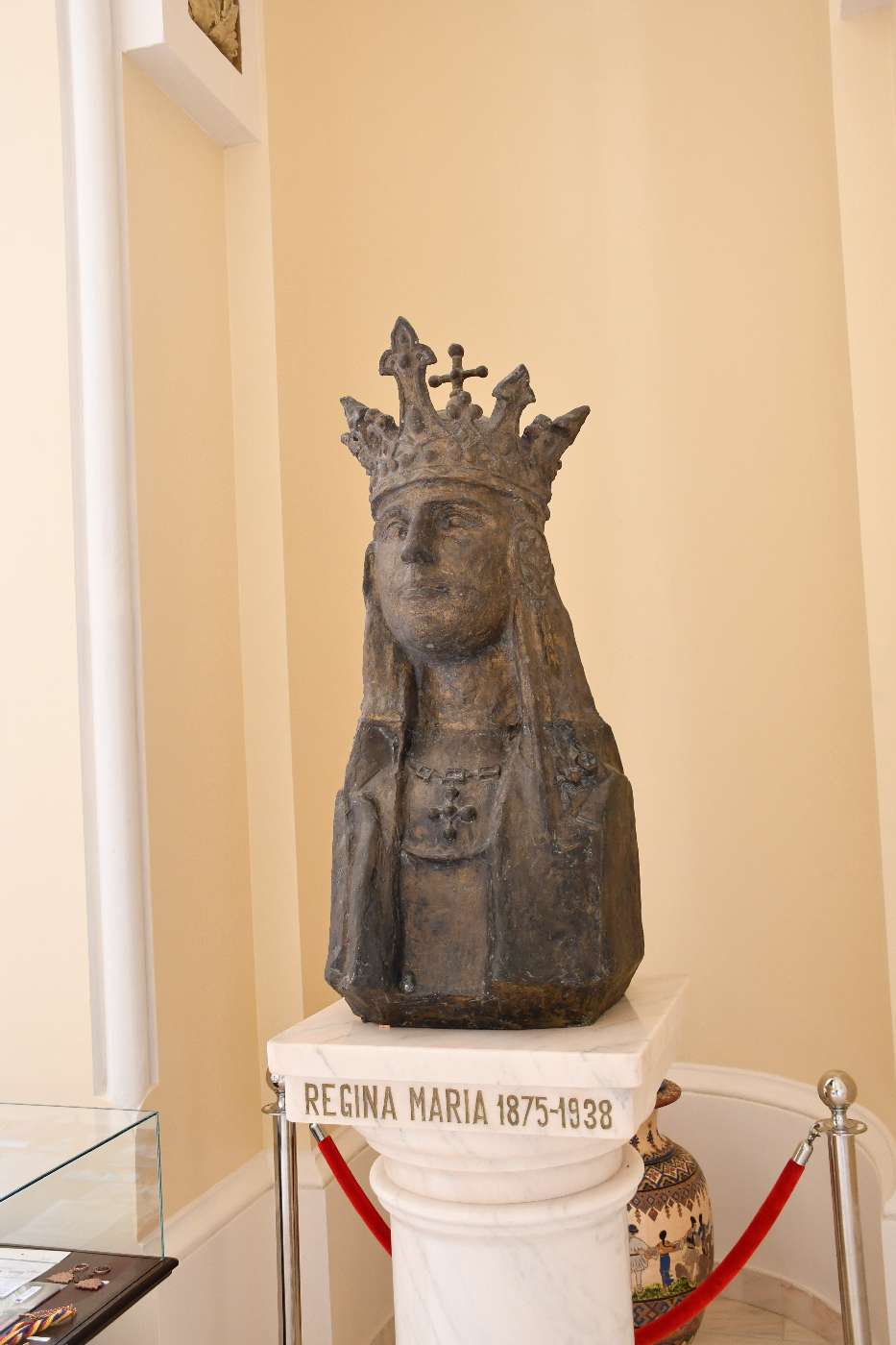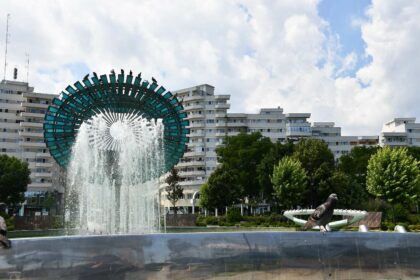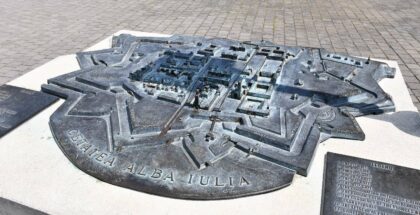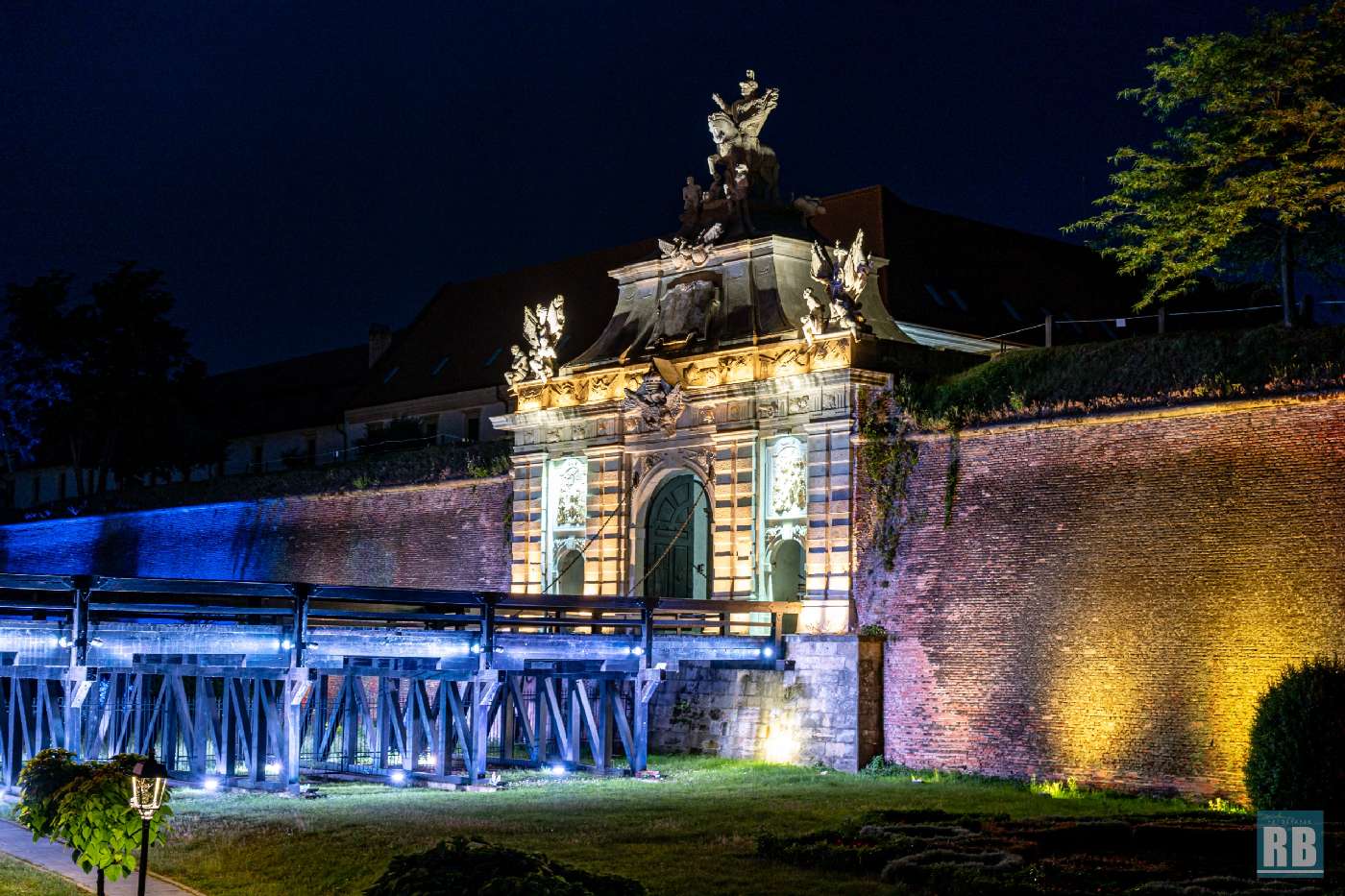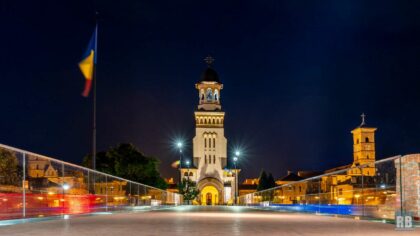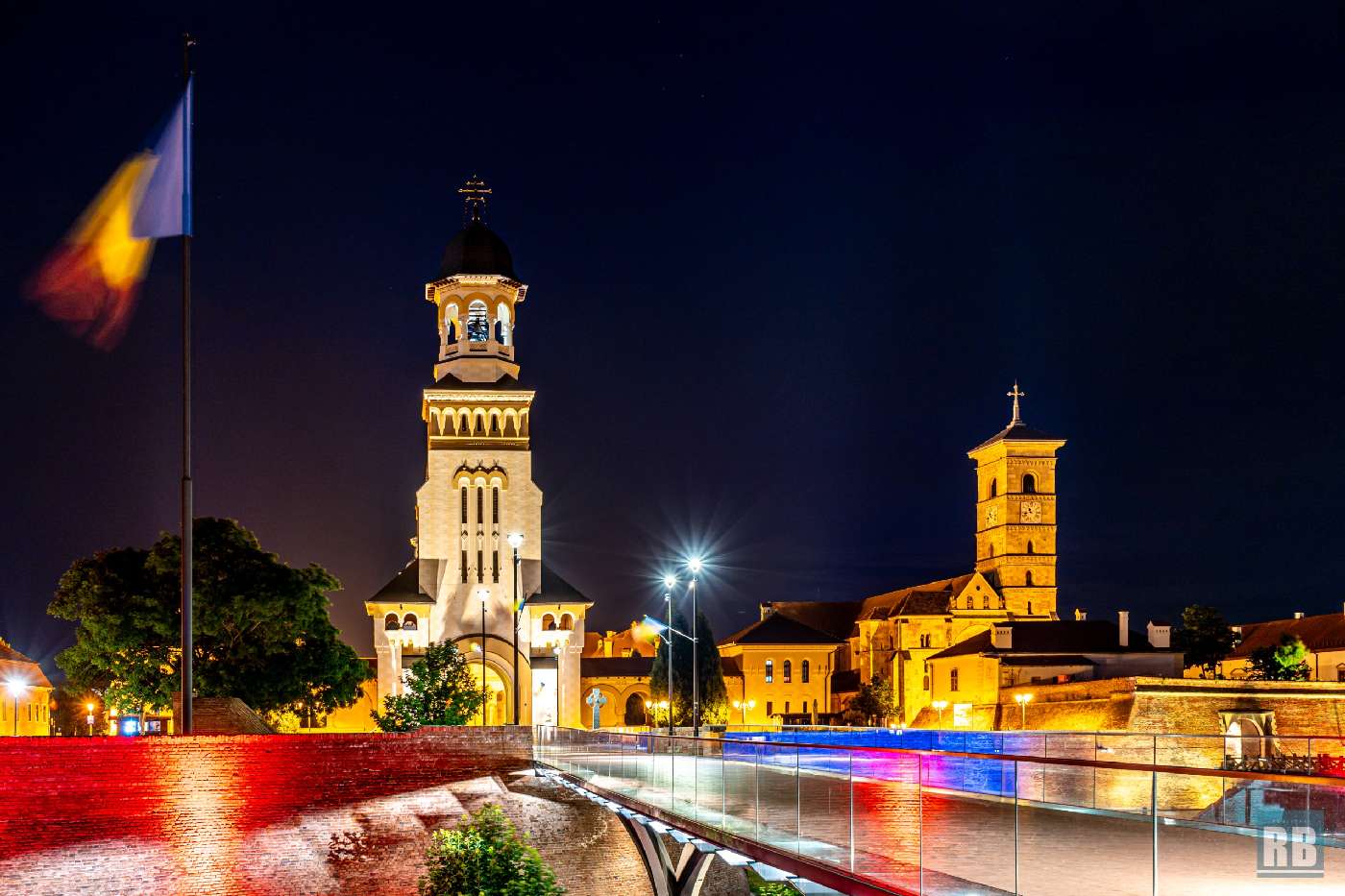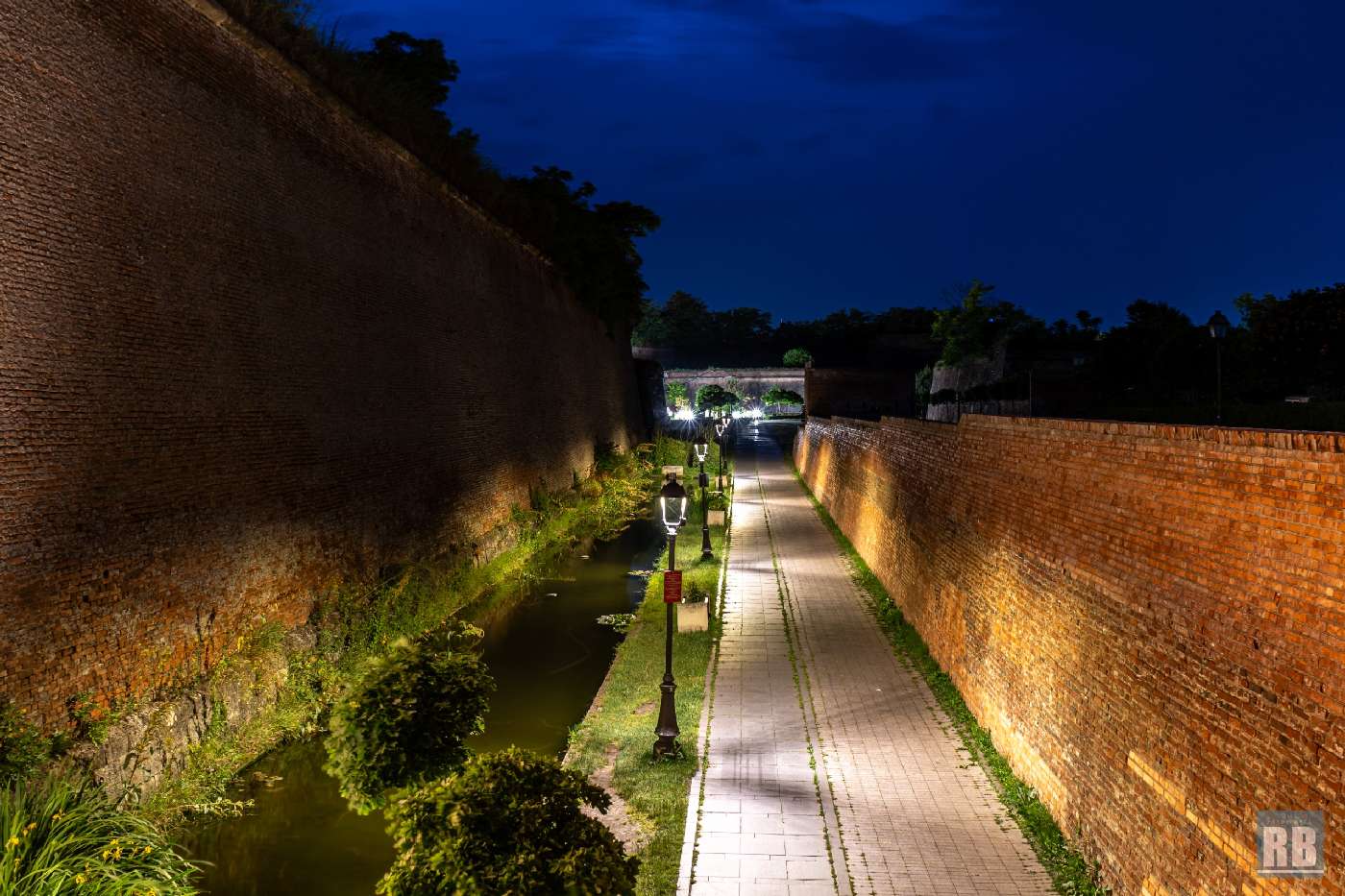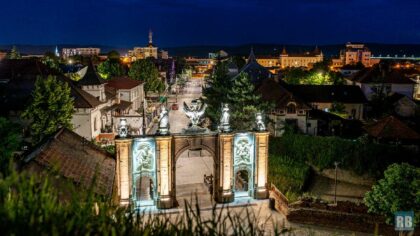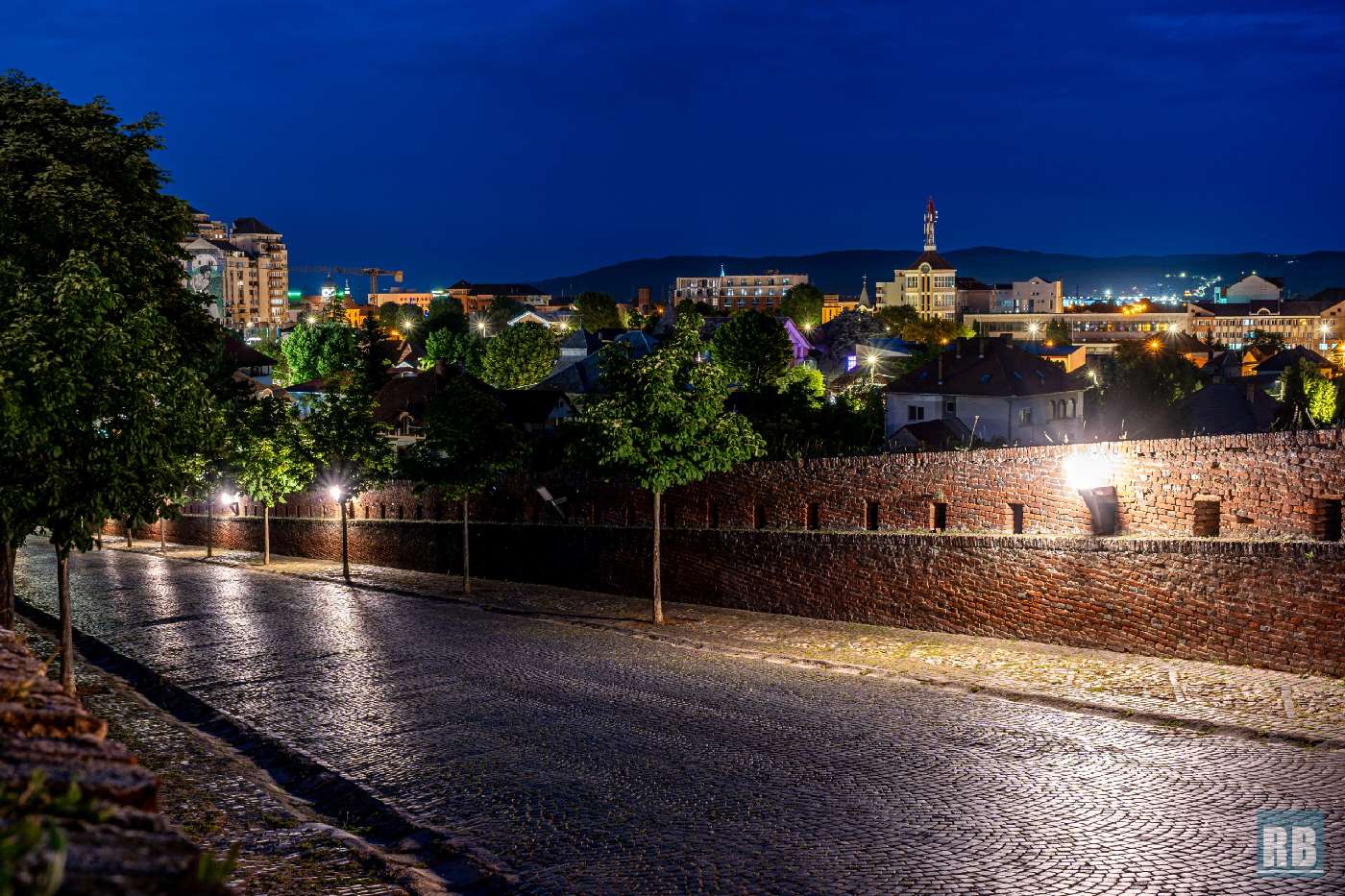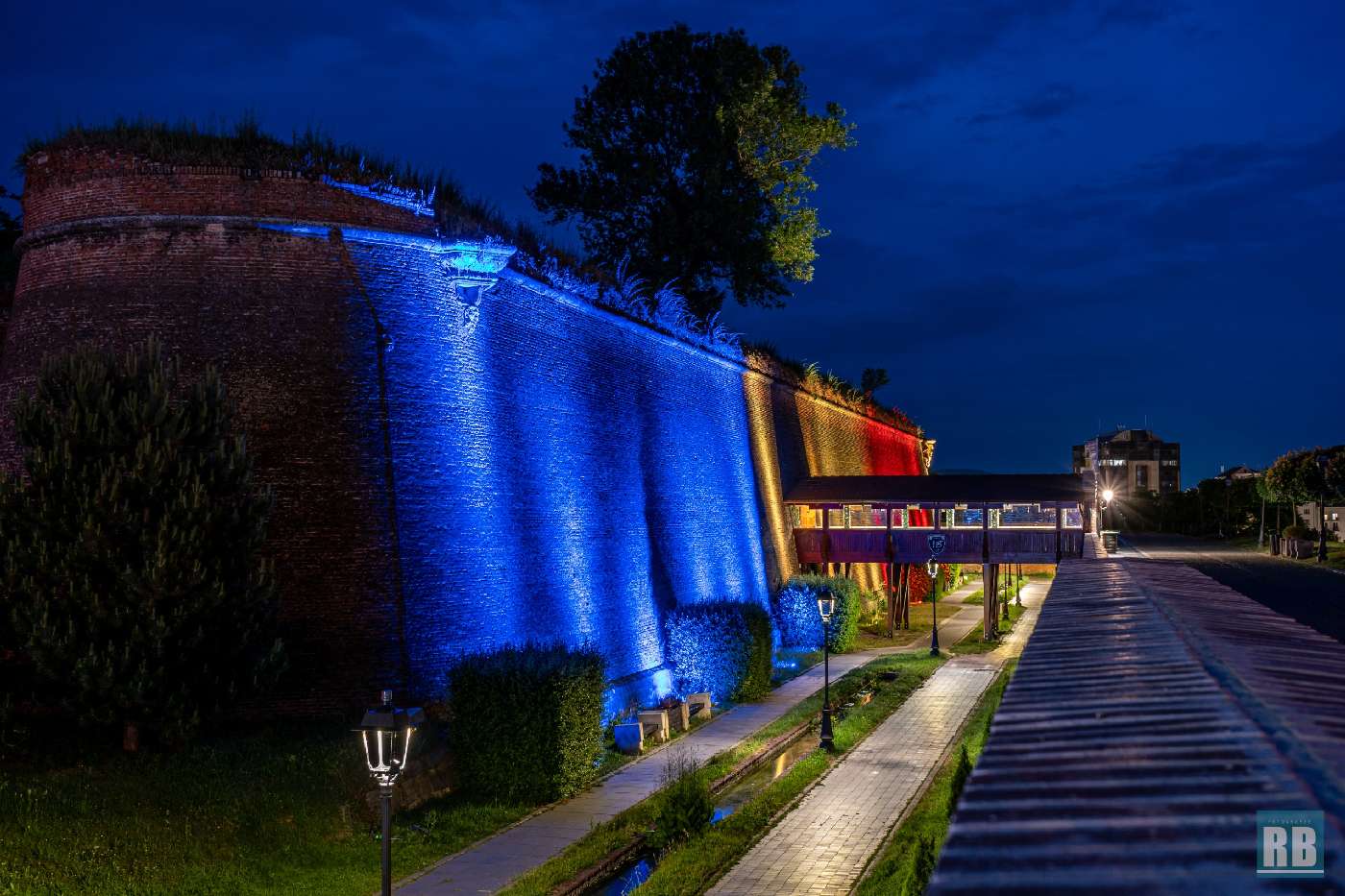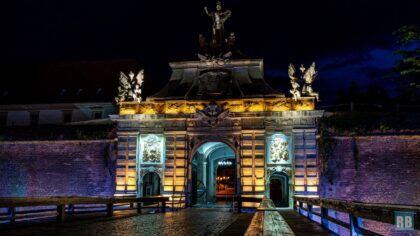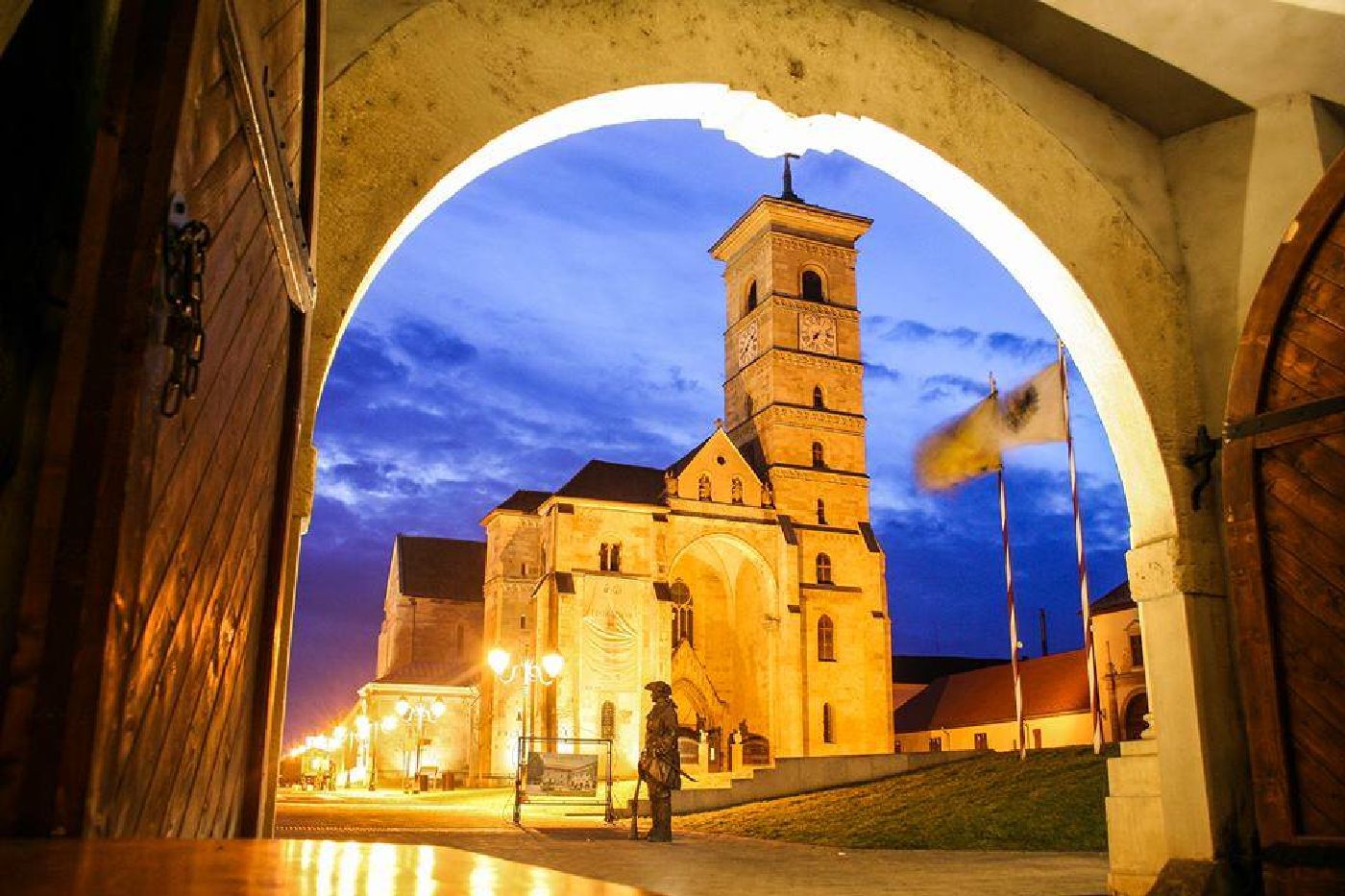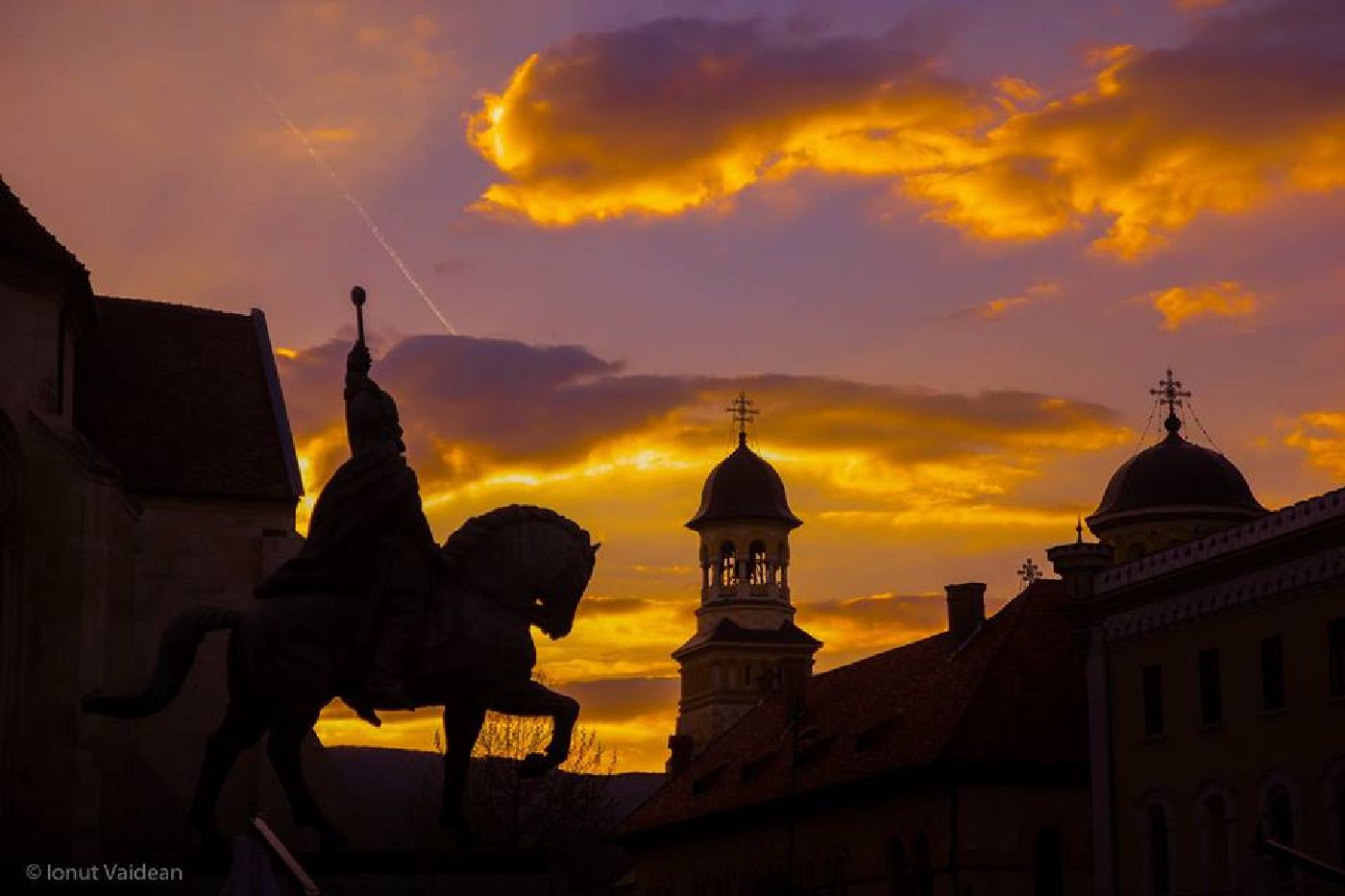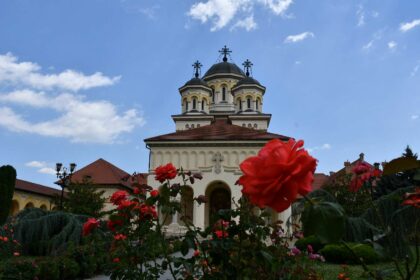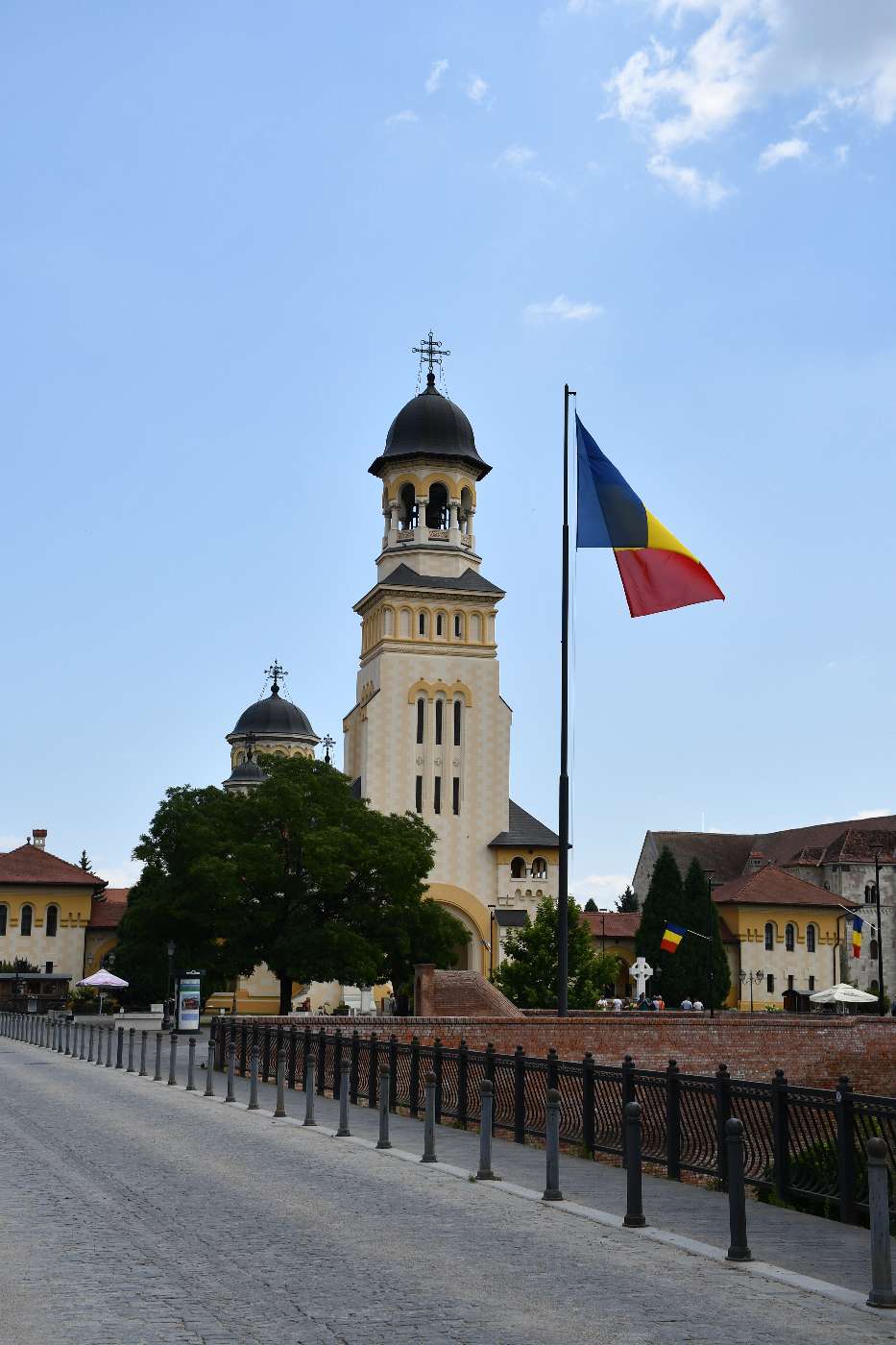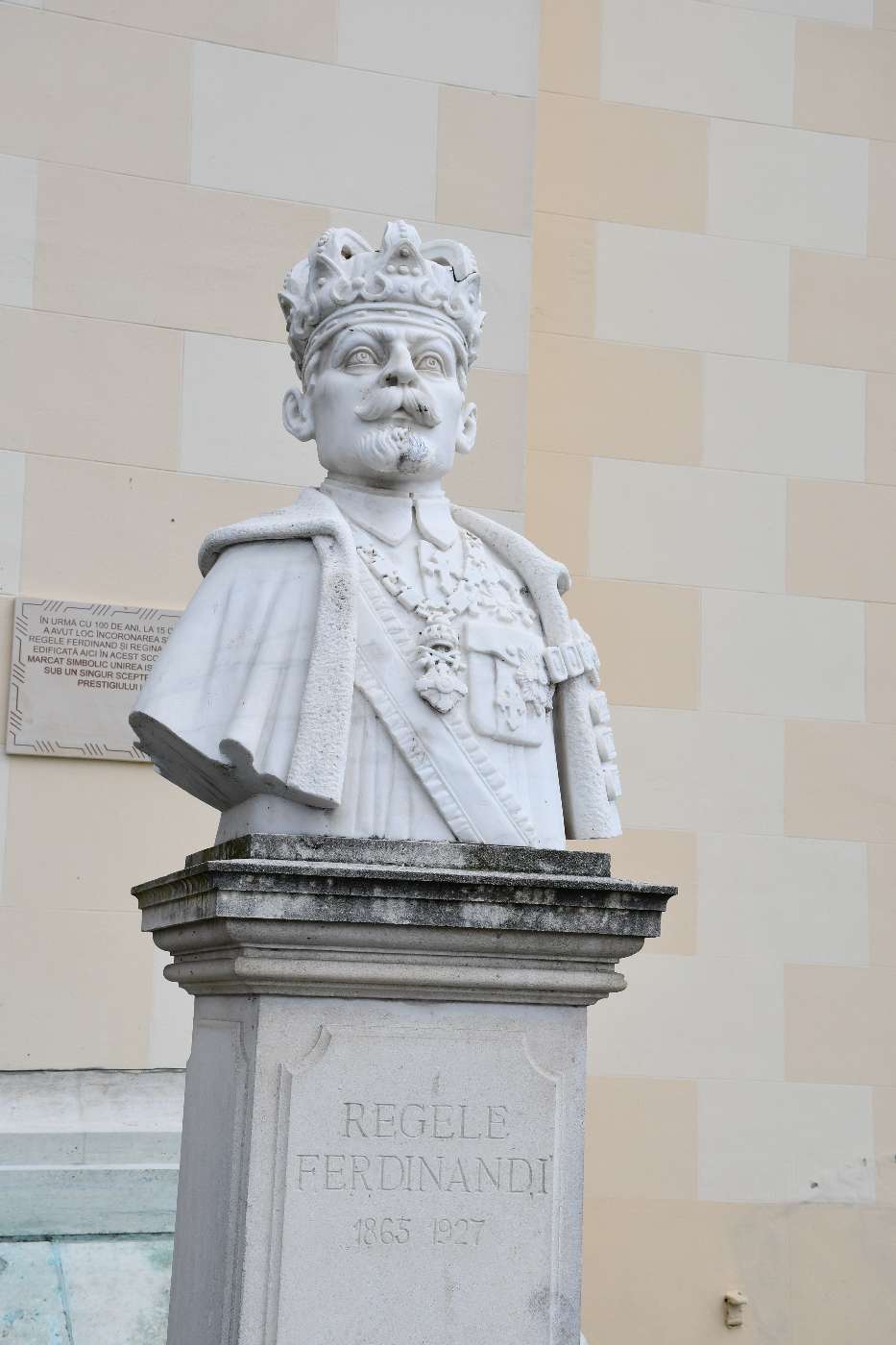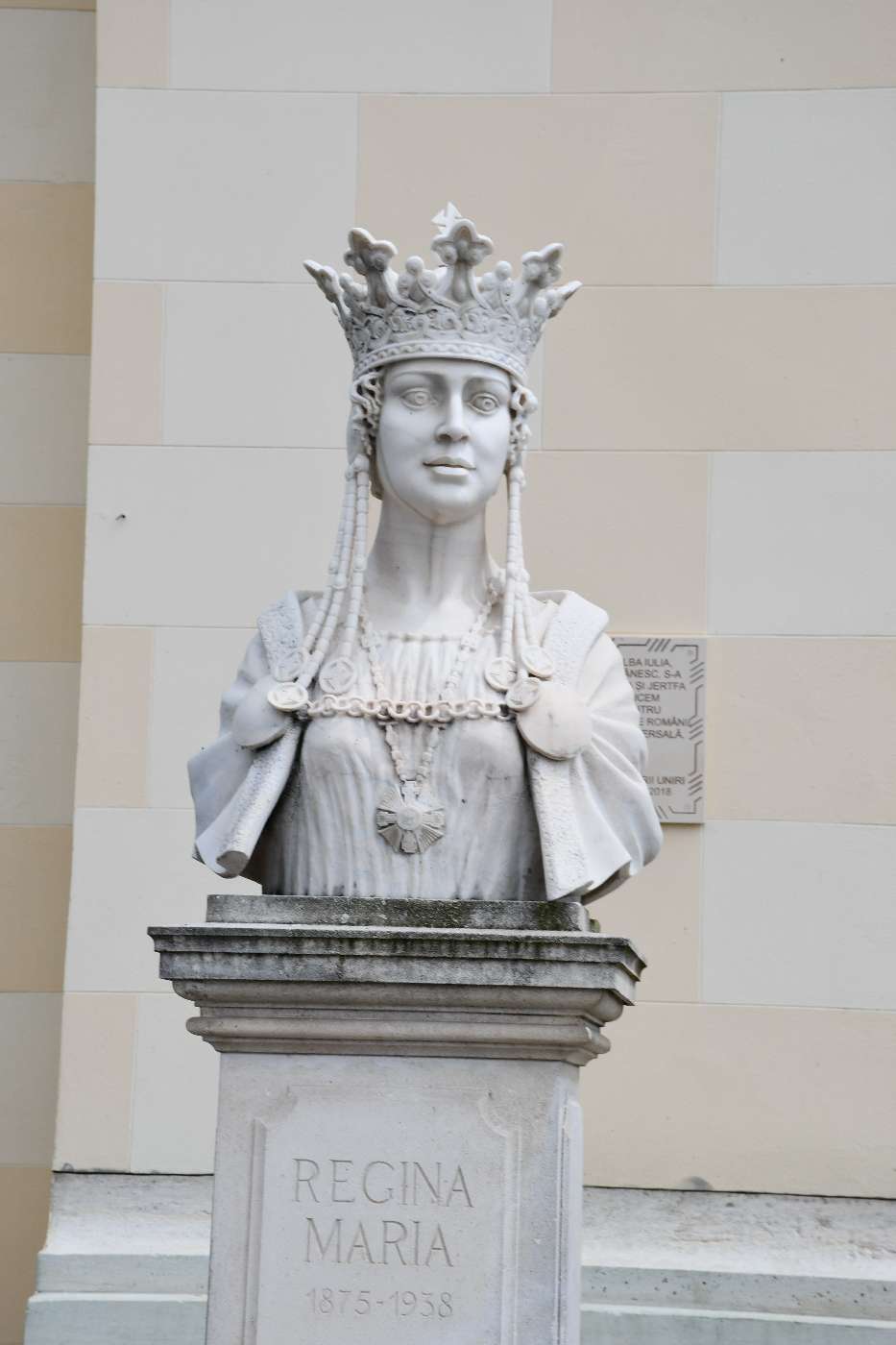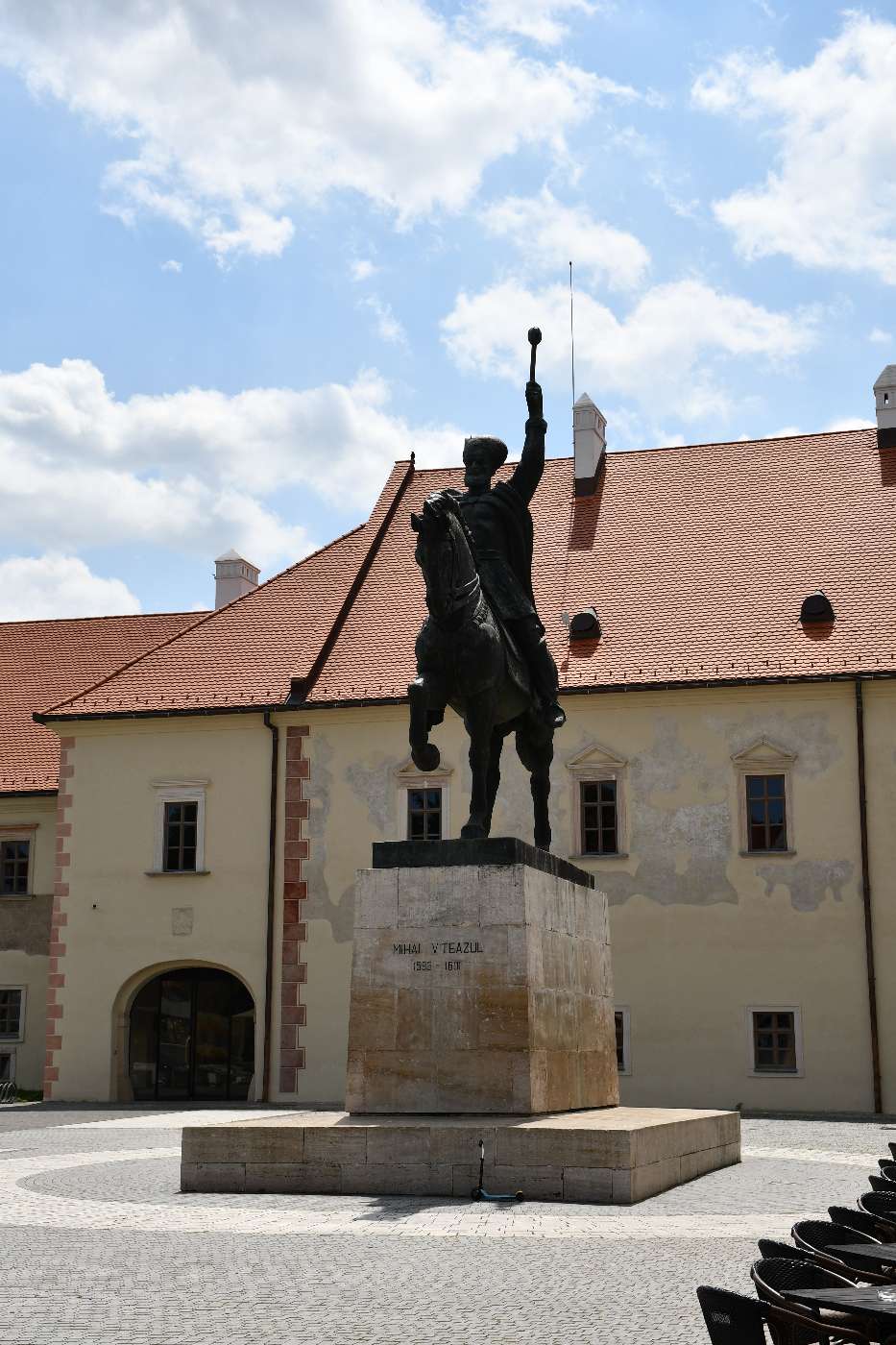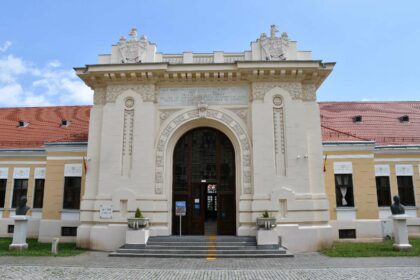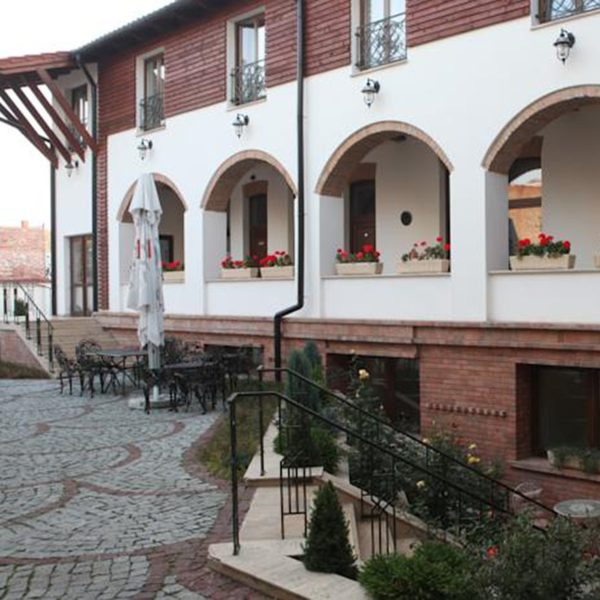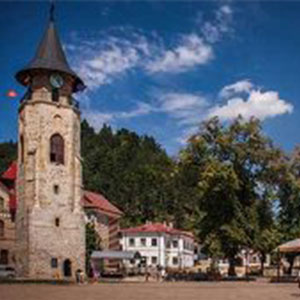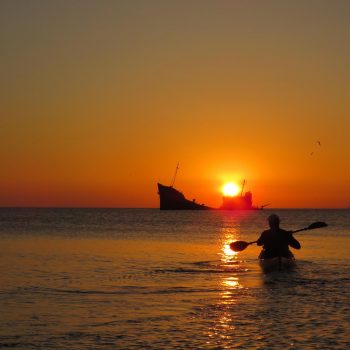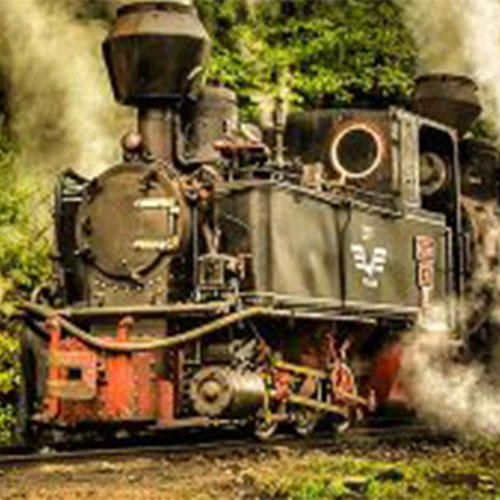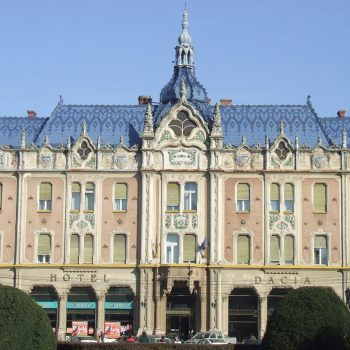Brief Description: The county of Alba Iulia is a beautiful European city with a population of over 60,000 people.
County: Alba
Wikipedia: Alba Iulia
Images: Municipiul Alba Iulia
Sightseeing features
Alba Carolina Fortress
Alba Carolina Fortress is the main monument of Alba Iulia Municipality. Built in the period 1714-1738, it is considered the most representative Vauban style bastion fortress in Romania or even in Southeastern Europe. It is the most impressive and visible place in the city for tourists, since it has incorporated all the other fortresses within its walls. Its long construction period is also historically justified. After the siege of Vienna and the defeat of the Turks in 1683, Transylvania was gradually occupied by the Austrian troops, during which time the last prince of Transylvania, Mihai Apafi I, died in 1690. The “Alba Carolina” fortress, built in the Vauban style, covers 70 hectares and was designed by the Italian architect Giovanni Morando Visconti, on the initiative of Emperor Charles VI of Habsburg. For further information, click here!
More information – Historical Attractions Sightseeing features
The Alba Carolina Fortress is a symbol of the city with a very impressive construction that can be admired by everyone. It makes the city a place of special touristic importance as it attracts travelers from all over Europe. Located on the Mures River, it is one of the spiritual and cultural centers of Romania. Alba Iulia Municipality is located at an altitude of 270 m, 340 km from Bucharest, 70 km from Sibiu, 100 km from Cluj and 241 km from Arad.
On November 1, 1599, Mihai Viteazu moved into Alba Iulia, under his leadership an agreement was made between Moldavia, Transylvania and Wallachia.
The keys to the city were handed over by Archbishop Demetrius Napragyi, who became Chancellor of Transylvania during his reign. On October 7, 1698, a synod, an assembly for the administration of ecclesiastical affairs, union with the church in Rome, was held in Alba Iulia. The unification of Transylvania, Banat, the Shrieks and Maramures with Romania was proclaimed on December 1, 1918 by the Declaration of Alba Iulia. The coronation of King Ferdinand I and Queen Maria took place on October 15, 1922 before the Reunification Cathedral, which united all of Romania’s historical provinces under the scepter of a single monarch. As a result, the overthrow of the liberal government was organized on May 6, 1928 as part of a broad campaign by the National Peasant Party, in which around 100,000 citizens took part. In 1993, the city of Alba Iulia received a copy of the statue of the she-wolf from the Italian city of Alessandria. It served as a symbol of the common cultural heritage.


